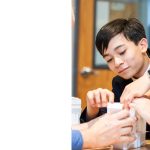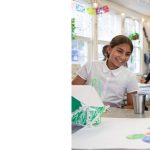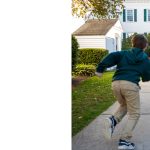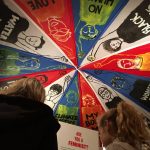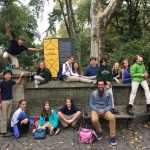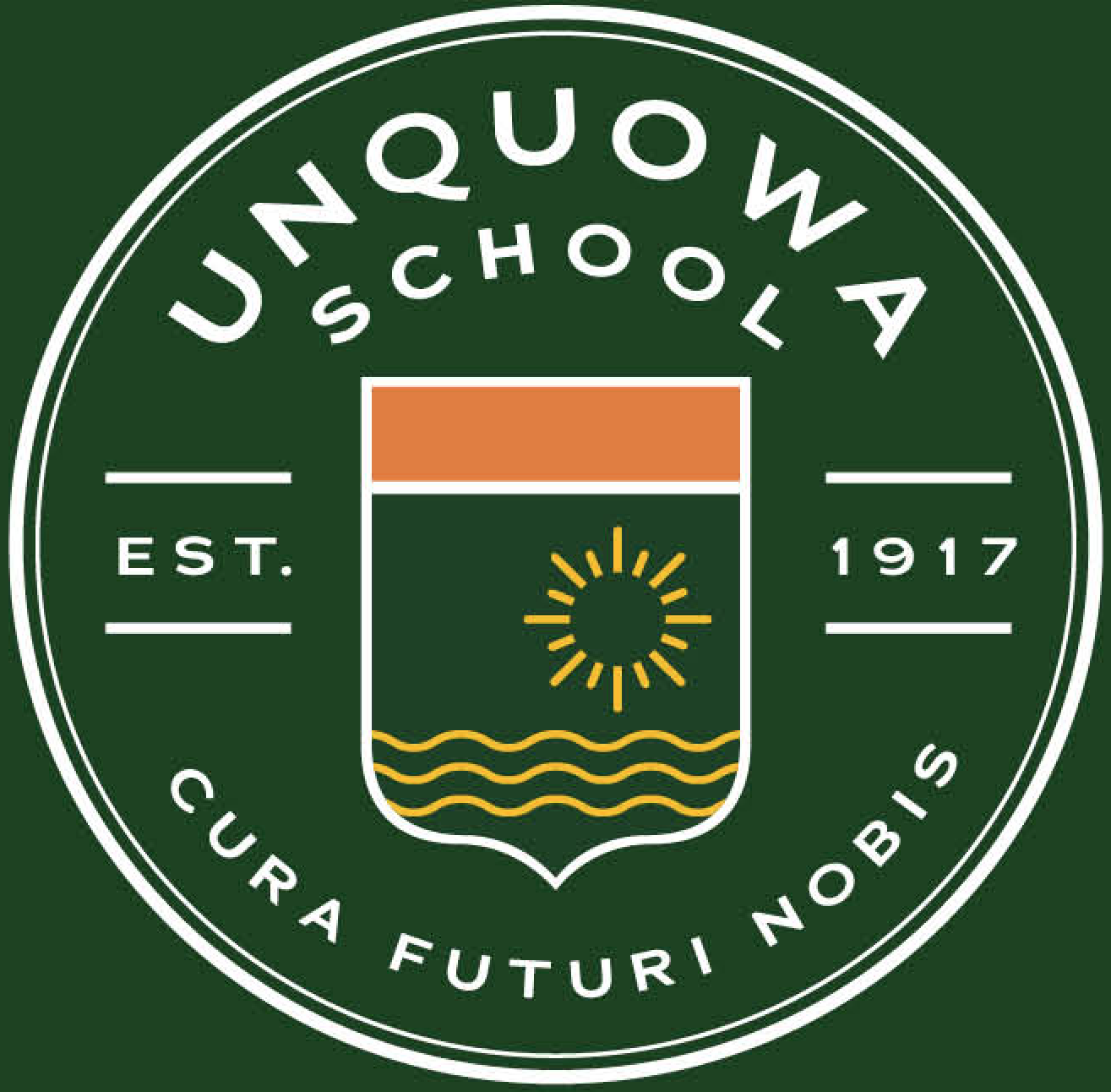Good Fences Make Good Neighbors
Posted by Vincent O'HaraA week before Halloween, the seventh and eighth grade humanities classes ventured into New York City for a field trip to explore how the freedom of speech is exercised through protest and art.
Our first stop was The Museum of the City of New York. The students took guided tours of the “Activist New York” exhibit highlighting the history of social activism in the city. Then, the kids were given the liberty to explore the issues or displays that inspired them. Conversations about nuclear disarmament, environmental rights, civil rights, and women’s suffrage filled the halls, impressing our docents with our students’ level of inquiry and maturity. Having worked up an appetite walking through the history of New York, we hopped on the bus and traveled downtown to eat lunch together atop a boulder in Central Park. With full bellies and renewed energy, we began the second part of our journey: to view Ai Weiwei’s city-wide multimedia installation titled Good Fences Make Good Neighbors.
A short walk from where we ate, standing at the southwest corner of the Park, was Ai’s Gilded Cage, a circular golden structure standing twenty feet tall. The students entered its doorway, interacting with the art by moving the turnstiles within and immediately grappled with its meaning. Questions regarding its shape, color, location, and features rang out as we once again returned to our bus for one last stop: Greenwich Village.
Ai Weiwei’s most talked about installation sits below Washington Square Park’s iconic archway at the southernmost point of 5th Avenue. Our students reveled in the culture that defines the Village. Street performers, eclectics, and passersby pulled their attention, but in the end it was Ai Weiwei’s Arch that stole the show. Arch, a massive chrome birdcage-esque edifice, all but obstructs the entrance to the park save for a larger than life cookie-cutter passageway. Our students took pictures, played with their reflections in the mirrored interior, and a few even interviewed other visitors appreciating the Chinese dissident’s most anticipated installation.
We arrived back at school well after the sun had set, but it was only the beginning of our scholastic discourse. Prior to our excursion, the students close-read and analyzed Langston Hughes’s “Let America Be America Again” and “The Mending Wall” by Robert Frost, researched Ai Weiwei’s biography and art, and reviewed the function and purpose of installation art. Armed with that knowledge and the experiences gained at the museum and parks, both seventh and eighth grade classes discussed the purpose of our trip, the historical impacts of the protests that define New York’s progressive past, and interpreted Ai Weiwei’s Good Fences Make Good Neighbors. The discussions, downright scholarly, demonstrated precisely our mission in the Humanities Department: to develop critical, creative, and unafraid minds to examine and contribute to the multiple perspectives and historical conditions that shape society and culture in an ever-changing world. Our mission is to foster global citizenship through cultural awareness, understanding, and empathy. We could not be more proud.
← Identify a Problem, Find a Solution Just Don't Call it Dirt! →




